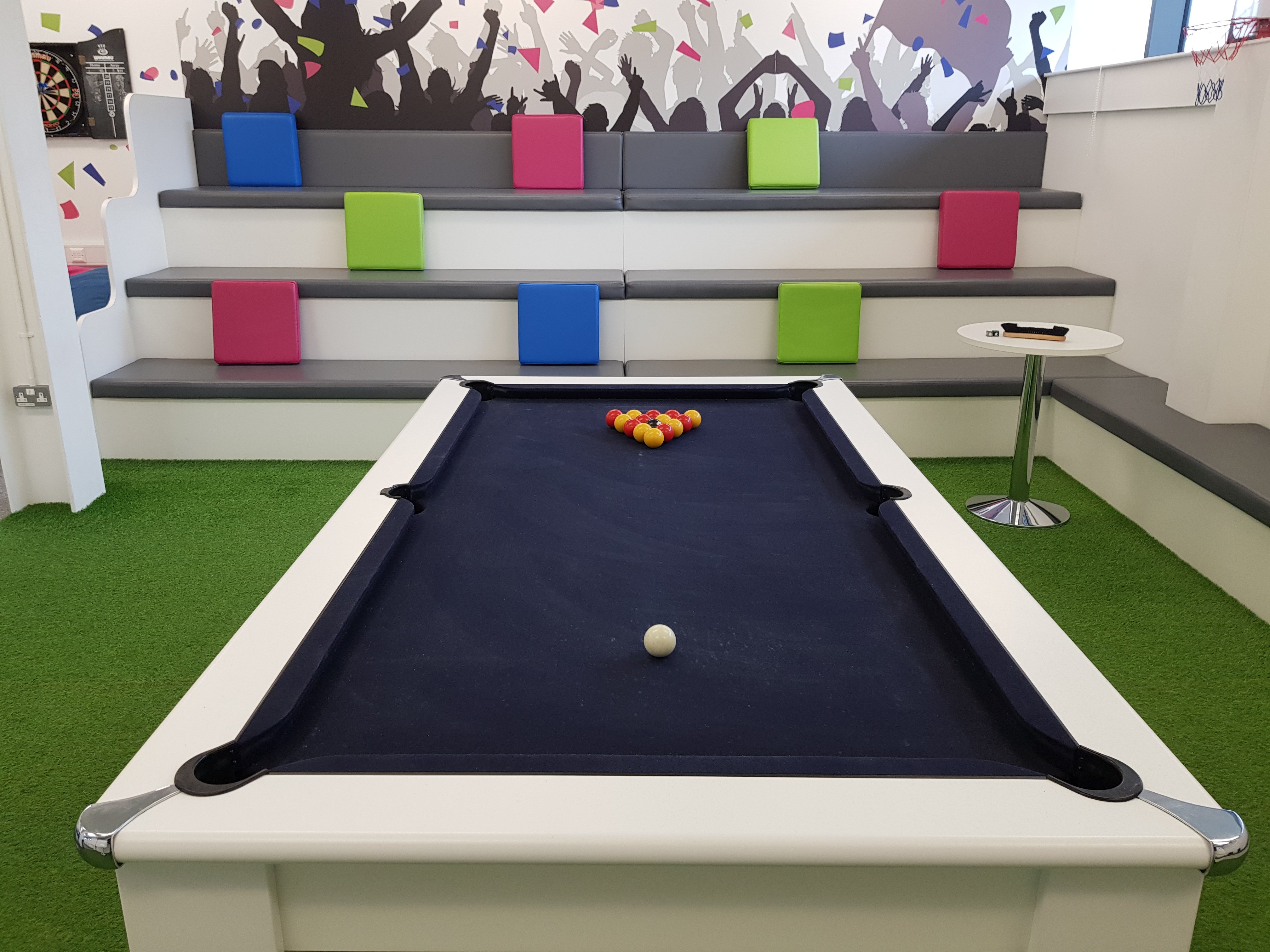5 great ways to encourage delegates back to the classroom
.png)
A classroom return has been long-awaited for many training providers. It's no surprise, of course - it's what you do best!
However, we must also consider the feelings and preferences of our paying customers, the delegates, and exercise caution before drastically changing our current training delivery methods.
Since the start of 2020, the majority of us have been forced to create and adjust to a makeshift home office. We've had to overcome the distancing from our peers - but it's what we know now, it's become our new normal. It's important we recognise this, as this could cause some reluctance among our delegates, who may have a certain level of anxiety and apprehension about suddenly jumping in to a classroom with strangers.
Ultimately, this isn't something we can directly control or predict - it's up to an individual to decide when they are comfortable to mix with others face to face. From a business standpoint, however, there are a number of things we can do to help encourage the return.
If you're planning a return to classroom training, this guide will provide top tips and actionable insight to help you encourage delegates back in to the classroom and maximise your course bookings.
Tip 1: Shout about your safety protocols
Some of tips these tips are optional, however this one is a must. It's expected that your training business is following all the safety protocols and guidance laid out by the government.
Depending on your training environment, this is likely to include some (or all) of the following:
- Distanced desks and seating, use of transparent screens
- Enforced social distancing with signs on floors/walls
- NHS test and trace QR code upon entry (UK providers)
- Ensuring good ventilation and air flow
- Sanitizer upon entry, and placed on each desk
- Have a COVID-smart trainer that upholds protocol
- Daily cleaning and sterilisation of work environments, leisure areas and toilets
- A plan of safe equipment re-use or disposal between sessions
- A record sheet of cleaning procedures and locations
- Individual vulnerability assessments
By implementing the above, and shouting about the measures you have in place on social, your website, your emails and over the phone, you've done everything you can to minimise the hesitation of your delegates to visit your centre due to health concerns.
Tip 2: Incentivise your offering
Nothing ground-breaking here, if you want to increase something, incentivise it!
Although incentives work great regardless of the time or situation, they can be particularly useful as classroom training slowly gains traction.
The aim of your incentives here is instant impact, ultimately helping to ensure your classroom training is going to be viable to run. If delegates don't have a strong preference between remote and in-person, the incentive might prove to be the thing that coaxes them back to the classroom.
You don't want to find yourselves in a position where scheduled courses aren't getting the uptake you desire and delegates need to constantly be switched between courses to try and fill them. That will do nothing for your reputation with customers, not to mention be a headache for administrators and trainers!
This can be particularly effective if you use a booking tool that permits the use of discount codes, like accessplanit's online booking system below.
Tip 3: Demonstrate the value of in-person training
Emphasizing the value and merits of classroom training can go a long way in helping encourage it. Particularly for employers that are looking to put their staff on an external course, they want to get the highest ROI possible, therefore if you know you can deliver more value in a face to face environment, this message needs to be conveyed in some way.
In truth, there's a number of situations in which face to face training has the edge over online. Whether this is due to less distractions, the opportunity for hands-on (practical) training, more easily facilitated group work or simply receiving training with a more human touch, once you decide your 'in-person USP', you can sell this value to your clients.
In our latest training industry survey, a whopping 97% of respondents said they think in-person training will still be in-demand post-COVID, with over twenty different reasons listed!
.png?width=2000&name=The%20benefits%20of%20classroom%20training%20(1).png)
Tip 4: Create the environment
Few training organisations can say they're blessed with a healthy cash reserve to throw at creating hi-tech, fancy training centres on demand in order to attract delegates to come and train with them, however that's over and above what's required here.
Have a think about what it is about your training centre or rooms that makes it appealing for delegates to come to train onsite. Perhaps you have quality training equipment, a quirky/modern learning zone or maybe you have a kick-ass cafeteria.
At accessplanit HQ, our pool table and dartboard are effective at encouraging office visits from our partners and customers!

Once you've got a few pictures showing off your training environment, make sure to plaster them on social and ask your team for likes and shares. Consider putting them on Pinterest and using image alt-tags to allow them to be found on search engines.
It's also great for showing off your safety protocols!
Top Tip 💡 For those that want to go the extra mile, consider a video tour of your premises, or a 360 video that allows delegates to explore themselves. Helping prospects to become more familiar with the environment helps them to relate to your business more and should reduce any reluctance!
Tip 5: Blend it in
If a return to the classroom is something that you'd rather re-introduce more gradually (or test the waters first), building it in to your existing programmes is a smart idea.
This idea is particularly useful for longer length qualifications or sessional courses which involve different methods of study and learning interventions. Your trainer could be live at the training centre with any delegates who would like to attend in-person, while also catering for distance learners via webcam. There's been a number of success stories running training this way, however special care must be taken when delivering training to two separate audiences, as the impact of training for either party could be diluted without prior planning and a few dry-runs!
The benefit of this approach is that your delegates are likely to need less encouragement in the first place, they already know about your business, and there's a level of trust built already!
Takeaways
When re-introducing classroom courses in to your training delivery, special care should be taken to guarantee both the safety for your delegates and the viability and cost effectiveness for your business. A great place to start is by surveying your key customer accounts. If 80% want to stay online, it's time to either increase buy-in or accept that online is working rather well for you and keep things as-is.
Without prior planning, there's the risk of not meeting minimum delegate requirements resulting in upsetting clients or impacting the bottom line if training is to end up going ahead.
Using the tips above to encourage delegates, you can help to ensure that your organisation is well placed for your big return. At the heart of all of this is effective (and persistent) communication. You could have the most COVID-secure centre for miles around, or have the most competitive training package due to your incentive, however if you're not effectively using the right channels to execute these communications, it's likely you won't get the uptake you desire. Check out our guide on promoting your training courses for support on this.


